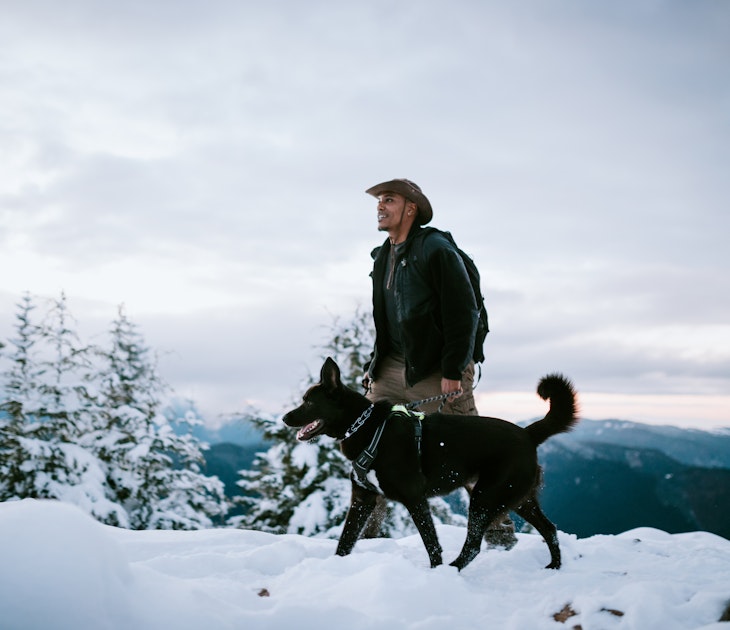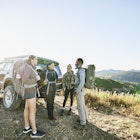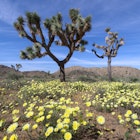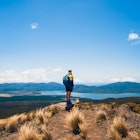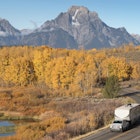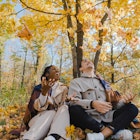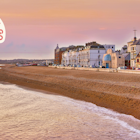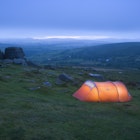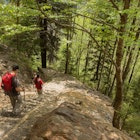The natural world is full of wonders, but is there anything more mesmerizing than swimming at night in a sea glowing with bioluminescence? Or spying on flickering fireflies in woodland as they dance through the air?
Bioluminescence is when living organisms – animals, plants and fungi – produce and emit light, and Mother Nature adds this touch of whimsy to the environment in many different forms and in many different places. You just have to know where to look.
You could be closer to some of these sparklers than you realize. Here are our favorite places to go for the glow.
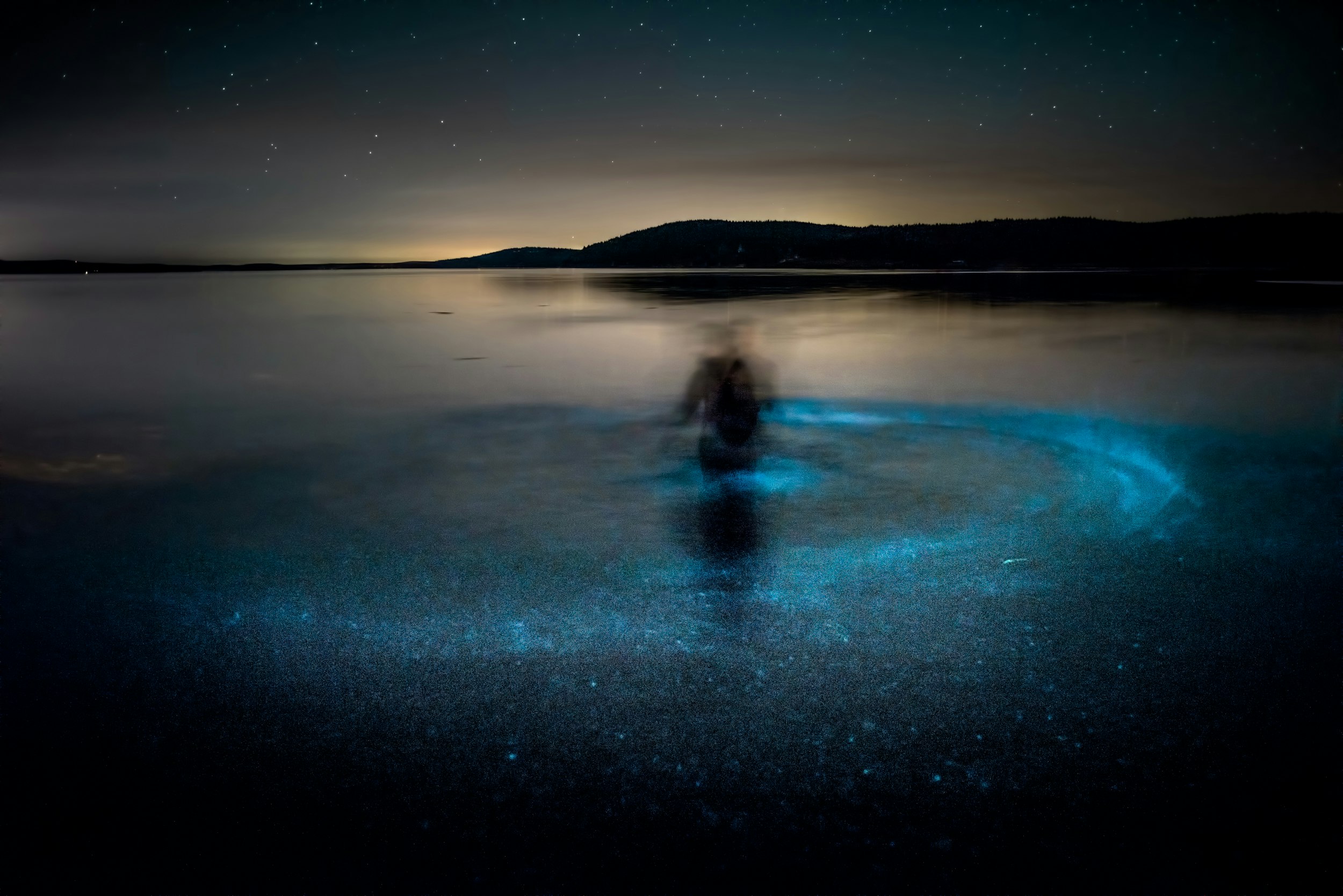
1. San Juan Island, Washington, USA
The still waters of Garrison and Westcott Bays, just off San Juan Island, are the setting for a spectacular light show in Washington State. These nutrient-rich bodies of water create an environment that fosters bioluminescent microorganisms – a natural attraction that travelers flock to once the sun has set.
San Juan Island Outfitters offers tours timed with the new moon in summer for peak visibility.
Post-glow activities: Grab a pint at San Juan Brewing Company. The next day, check out the wildlife and the lighthouse in nearby Lime Kiln Point State Park.
Planning a trip to the San Juan Islands? Here's everything you need to know before you go
2. Koh Rong, Cambodia
When most people think of Cambodia, Angkor Wat springs to mind. In the southern part of the country near Sihanoukville is another epic experience: Koh Rong, an island where you can snorkel in sparkling bioluminescent waters. Book a boat tour that will take you out on the water, and be sure to swirl your hand through the water to see the plankton at their brightest.
Stay at Long Set Resort, which gives guests a shoreline view of the twinkling colors lighting up the sea.
Post-glow activities: Mountain bike through the forest or take an ocean dive to view marine wildlife.
Explore beyond Koh Rong with our guide to Cambodia's other best experience
3. Manialtepec Lagoon, Mexico
In Mexico, Oaxaca’s Manialtepec Lagoon is known for its bioluminescent light show. While you can stay in the boat, jumping in is encouraged. In ancient times, the locals believed in the youthful magic of bathing in the phosphorescent lagoon. Just be sure to time your nighttime dip with the new moon, as light makes it challenging to see the bioluminescence.
Stay in Puerto Escondido and book a tour from there — they are offered most nights. The lagoon is less than 30 minutes from Puerto Escondido.
Post-glow activities: Bird-watching is a must in Manialtepec Lagoon. Parrots, pelicans, falcons, ospreys, herons, kingfishers and hawks call the area home.
Going to Mexico for the first time? Here's what you need to know

4. Waitomo Caves, New Zealand
One of the most iconic examples of bioluminescence, the otherworldly glowworms of New Zealand’s Waitomo Caves make even the most experienced naturalists stop in their tracks. In a striking display, the worms dangle from stalactites reaching down from the caves’ ceiling, blanketing the surface in a bright blue glow.
Visitors can book a number of tours, including the main Glowworm Cave, at the nearby visitor center.
Post-glow activities: Once you get your fill of the glittery critters, head over to the Ruakuri Caves and Bush Scenic Reserve and walk the trail loop, taking in views of the rocky gorge and limestone formations.
Find your way around New Zealand with our guide to transportation options
5. Vieques, Puerto Rico
Puerto Rico is home to three bioluminescent bays, the most spectacular of which is Mosquito Bay on Vieques, a small island off the east coast. Mosquito Bay has long held the title of the brightest bioluminescent spot in the world, and for good reason – millions of single-celled organisms called dinoflagellates glow bright blue when disturbed, creating a mind-blowing spectacle for those who venture out on the water via kayak. Watch fish jet out from under your boat like shooting stars, and elect for a glass-bottomed kayak to pretend you are in warp drive as you glide across the surface.
Note that the phenomenon is notoriously difficult to capture on camera, so just enjoy the magic instead. For the best view, book your trip on a new moon.
Post-glow activities: After soaking up the night-time magic of the bay, take advantage of the Caribbean sun – head to the mile-long golden arc of sand at Sun Bay to take in some vitamin D and admire the turquoise sea.
Plan your trip to Puerto Rico with our seasonal guide to what's happening through the year

6. Great Smoky Mountains, Tennessee
You can spot fireflies in humid regions around the world. However, the Great Smoky Mountains are home to 19 different species of them, including the synchronous firefly. As one would expect given the name, these blinking bugs have a little trick up their sleeves – for a two-week period from late May to mid-June, they flick on and off in unison.
Evening access to this region of the park during prime firefly season is a hot ticket, and the park runs a lottery to avoid overcrowding.
Post-glow activities: Stick around the national park for another day and head south on the winding mountain roads to nearby Clingman’s Dome, the highest point in the Smoky Mountains at 6643ft (2024m). On a clear day, the peak offers views that stretch nearly 100 miles.
Didn't win the firefly lottery? Here are 11 other great things to do in the Great Smoky Mountains
7. Luminous Lagoon, Jamaica
This lagoon, which stretches along the marshlands near Falmouth, has a captivating history: during the 18th century, it was a vital port for the sugar trade between England and Jamaica. Today, the lagoon is a key location for one of the most spectacular sites in the Caribbean: microscopic organisms that glow in the shallow, warm waters.
There are a number of tours you can book in Falmouth or with hotels in Montego Bay, about 30 minutes away. The tours encourage visitors to swim in the lagoon for the best effect: The microscopic organisms produce a blue glow when disturbed.
Post-glow activities: Devour traditional Jamaican cuisine at the Glistening Waters Restaurant, located right in the marina.
Traveling to Jamaica as a family? Here are the island's best things to do with kids
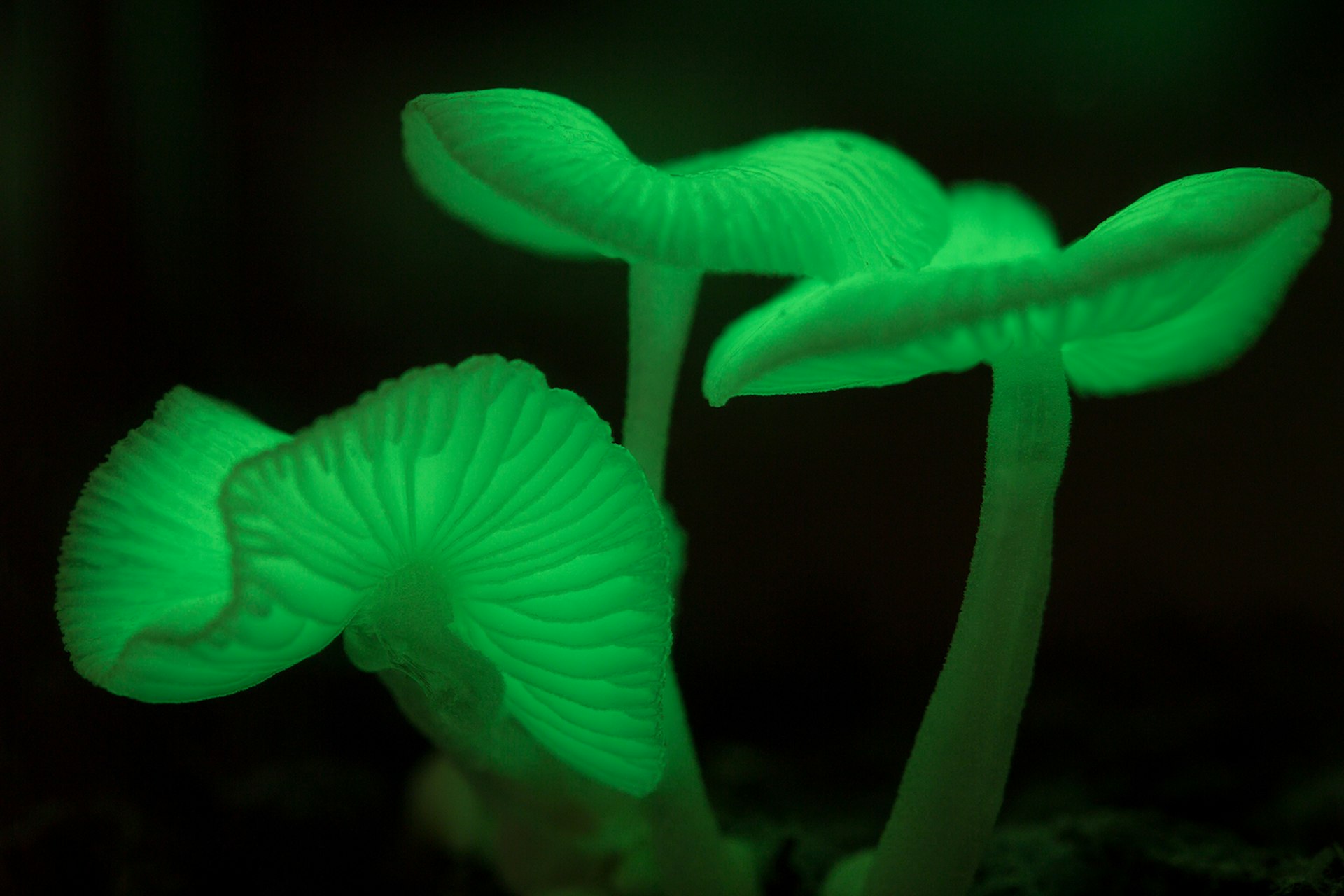
8. Hachijō-jima, Japan
Glowing animals aren’t the only ones to shine – the bioluminescent mushrooms on Japan’s island Hachijō-jima make you feel like you are Alice in Wonderland. During the rainy season (which lasts from May to September), over seven different species light up the island’s forest floor. Hit the hiking trails or head to the botanical gardens to get a closer look at the fluorescent fungi.
Post-glow activities: Hachijō-jima is also home to two dormant volcanoes, photogenic beaches, and the top-notch Urami-ga-taki Onsen, a decadent spot with free entry that overlooks a waterfall.
Be ready for your trip to Japan with these insider tips for first-time travelers
9. Dismals Canyon, Alabama
Tucked away in a rural corner of Northern Alabama you’ll find Dismals Canyon, a National Natural Landmark home to the oldest accessible primeval forest east of the Mississippi River (ie a forest that has existed without any significant event, such as a fire or storm, affecting its growth). The canyon is a twisting ravine full of majestic flora and an array of wildlife, including the quirkily named Dismalites – glowworms.
These tiny worms line the moss-covered rocks of the canyon, and when night falls, they glitter blue in the darkness. The best time to catch the Dismalites is May through September, and you can book a guided tour with the canyon’s conservatory.
Post-glow activities: Spend the evening at one of the canyon’s cabins, and drive about an hour east the next morning to the Sipsey Wilderness, a section of the Bankhead National Forest that contains waterfalls, walking trails, horseback riding trails and canoeing routes. Motorized vehicles aren’t allowed within the wilderness boundaries, so sit back and enjoy nature at its purest.


